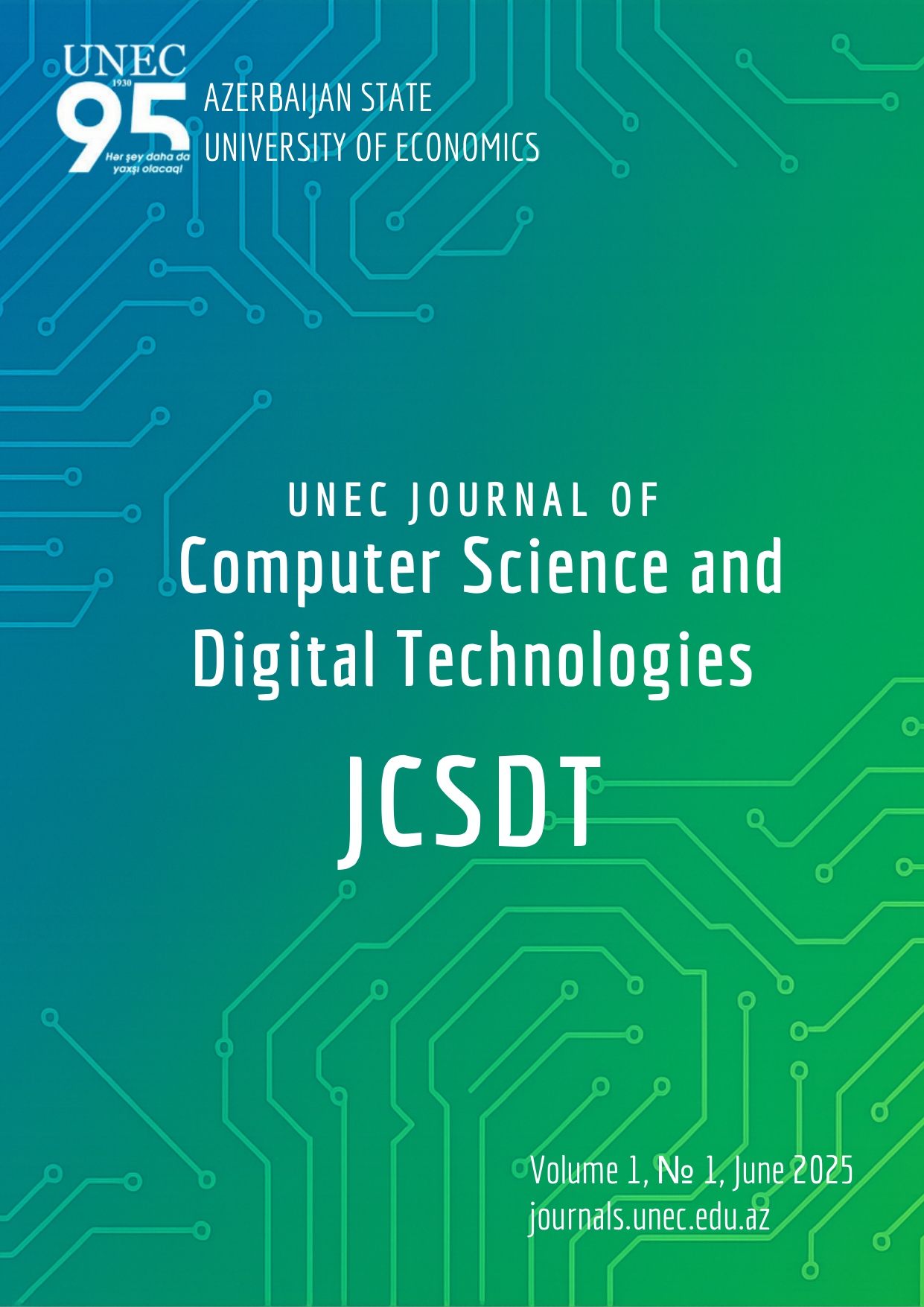Evaluating hybrid deep learning models for financial market trading
Keywords:
stock price prediction, deep learning, hybrid models, financial newsAbstract
The prices of stocks are hard to predict due to the complex interplay of qualitative sentiment and quantitative indicators. This article analyzes 2 strategies for feature extraction which affect the quality of hybrid deep learning models. To conduct the experiment, the New York Times articles were web scraped, and the extracted sentiment data were combined with S&P500 historical data. Two hybrid models were developed: one using VADER sentiment analysis followed by a CNN to extract refined sentiment features before passing them to an LSTM, and another using FinBERT to generate contextual sentiment embeddings directly fed into an LSTM. Interestingly, the VADER-CNN-LSTM model achieved slightly better predictive performance, suggesting that lexicon-based methods, when combined with effective feature extraction layers like CNNs, can be competitive in small-data scenarios. Although FinBERT is designed to capture nuanced, domain-specific sentiment signals, its advantages may be underutilized without sufficient data volume. This highlights a key insight: the success of sentiment-enhanced forecasting models depends not only on model architecture, but also on the quantity and structure of the available data.


